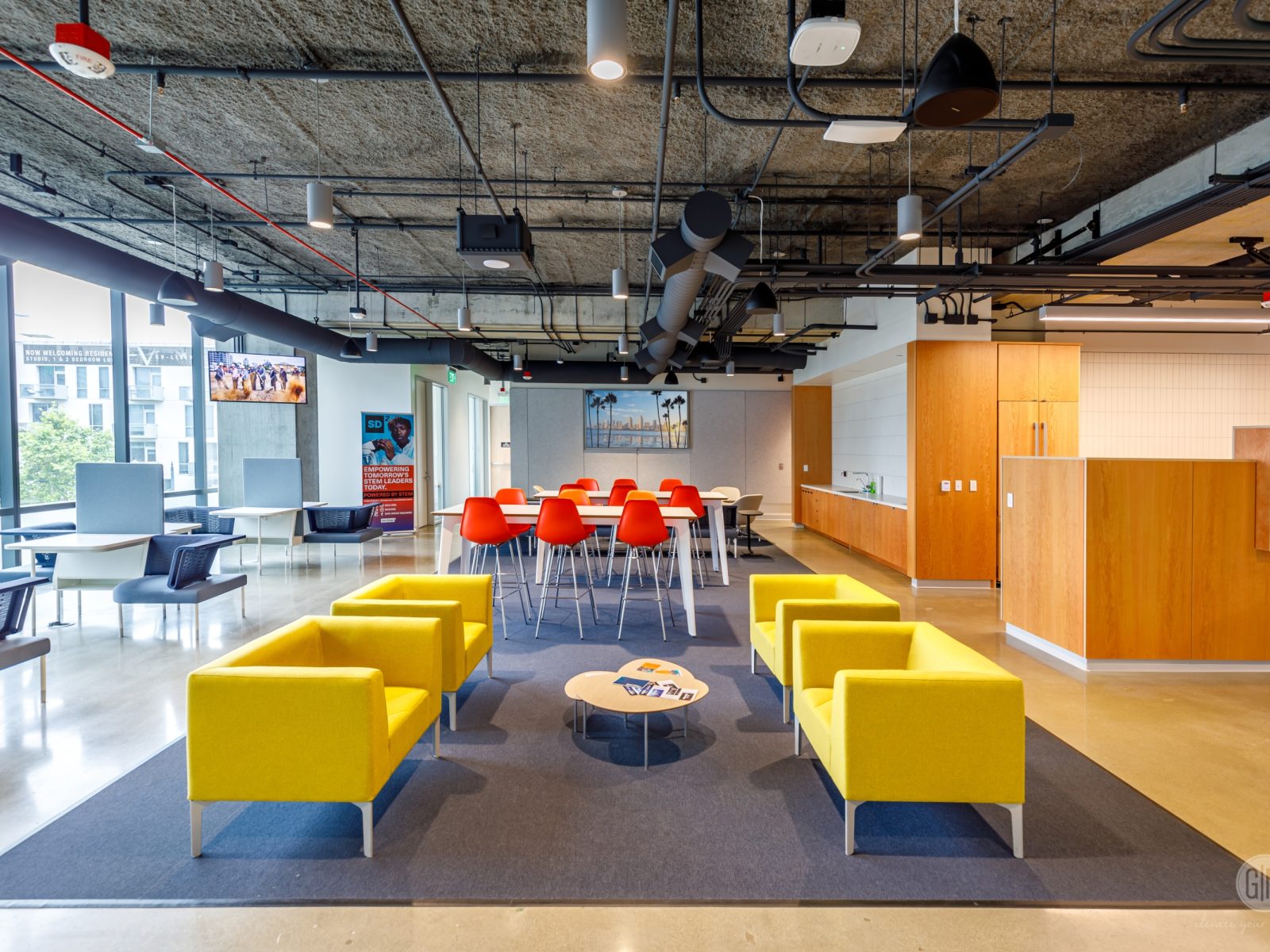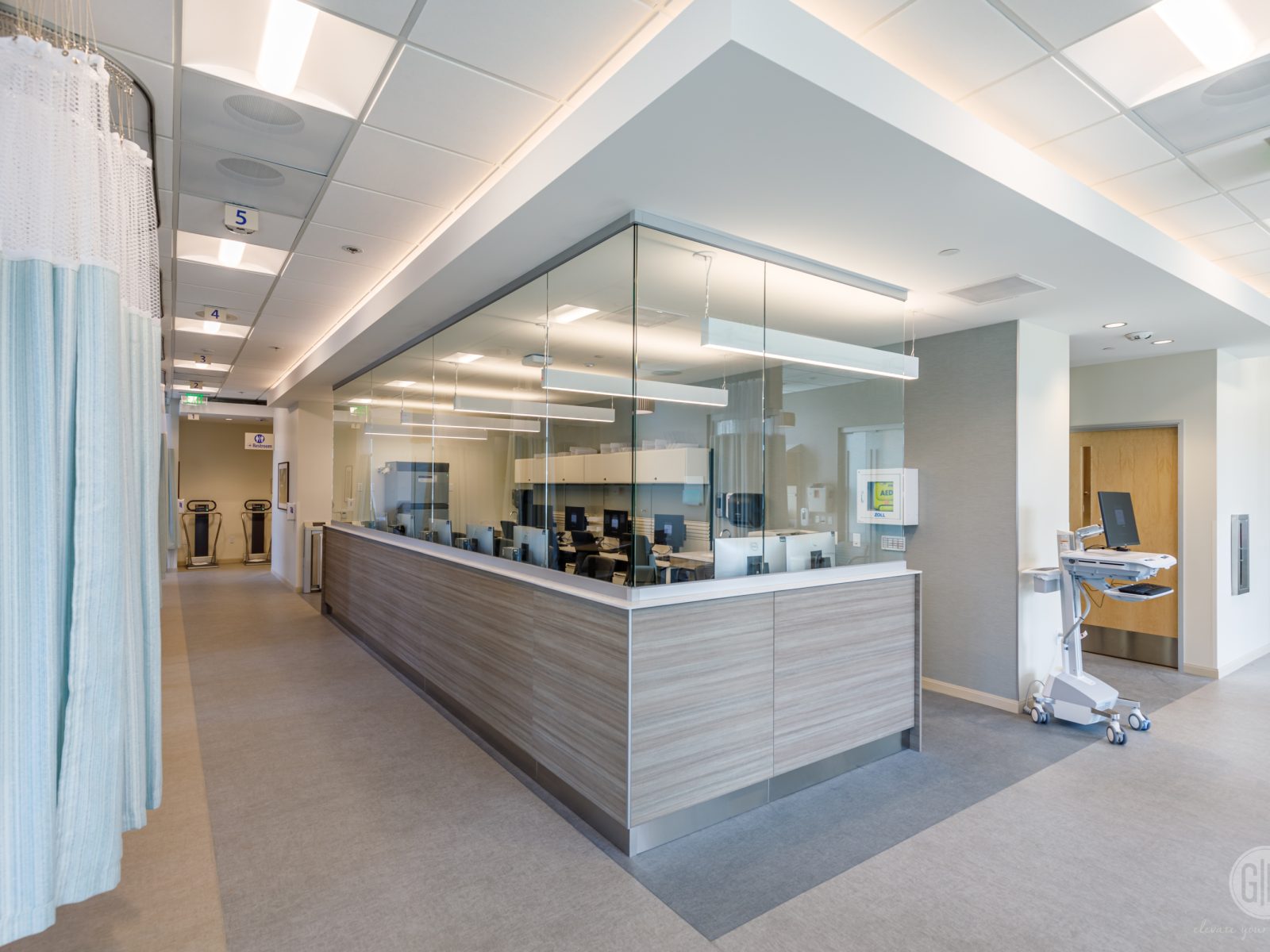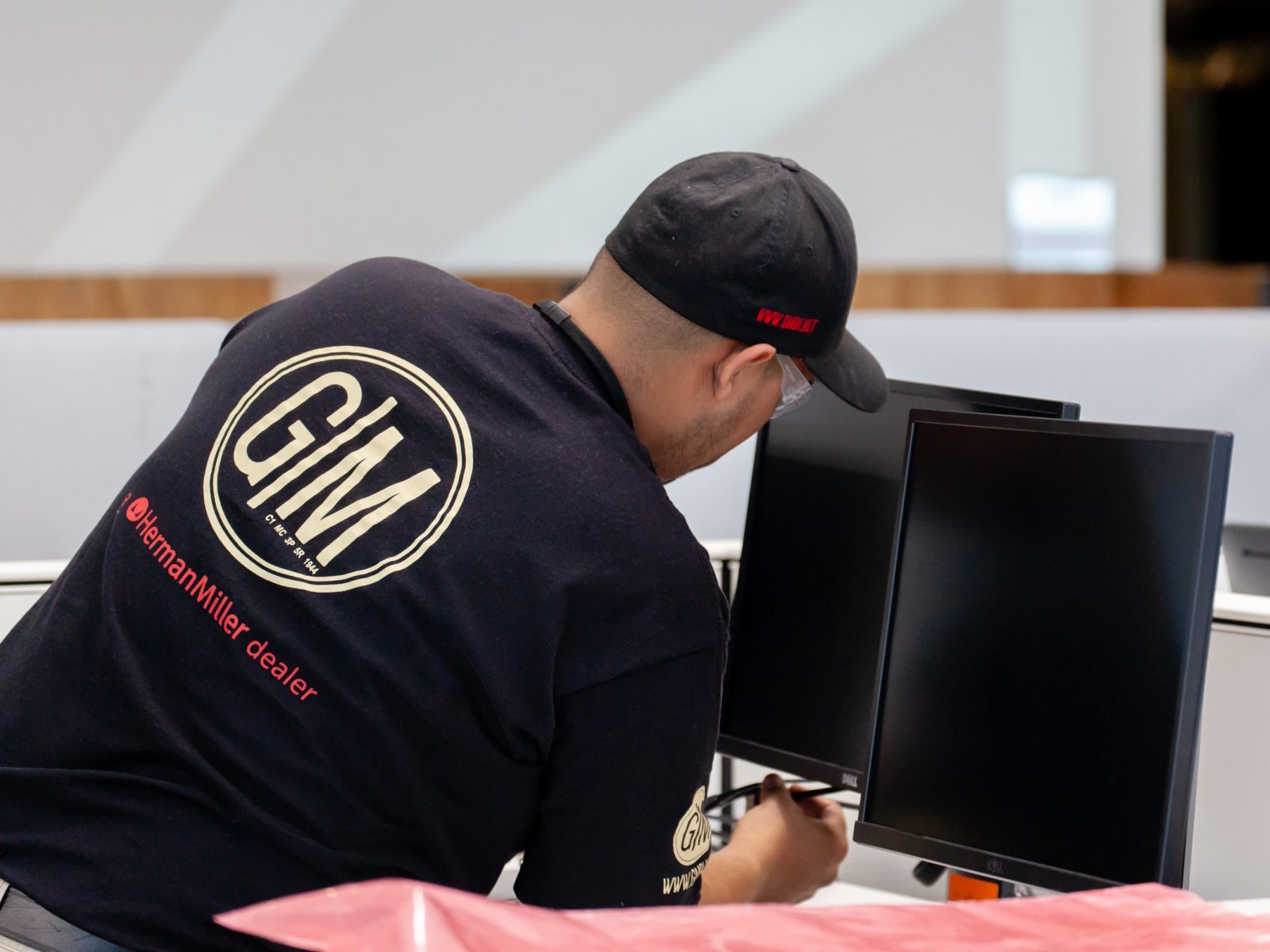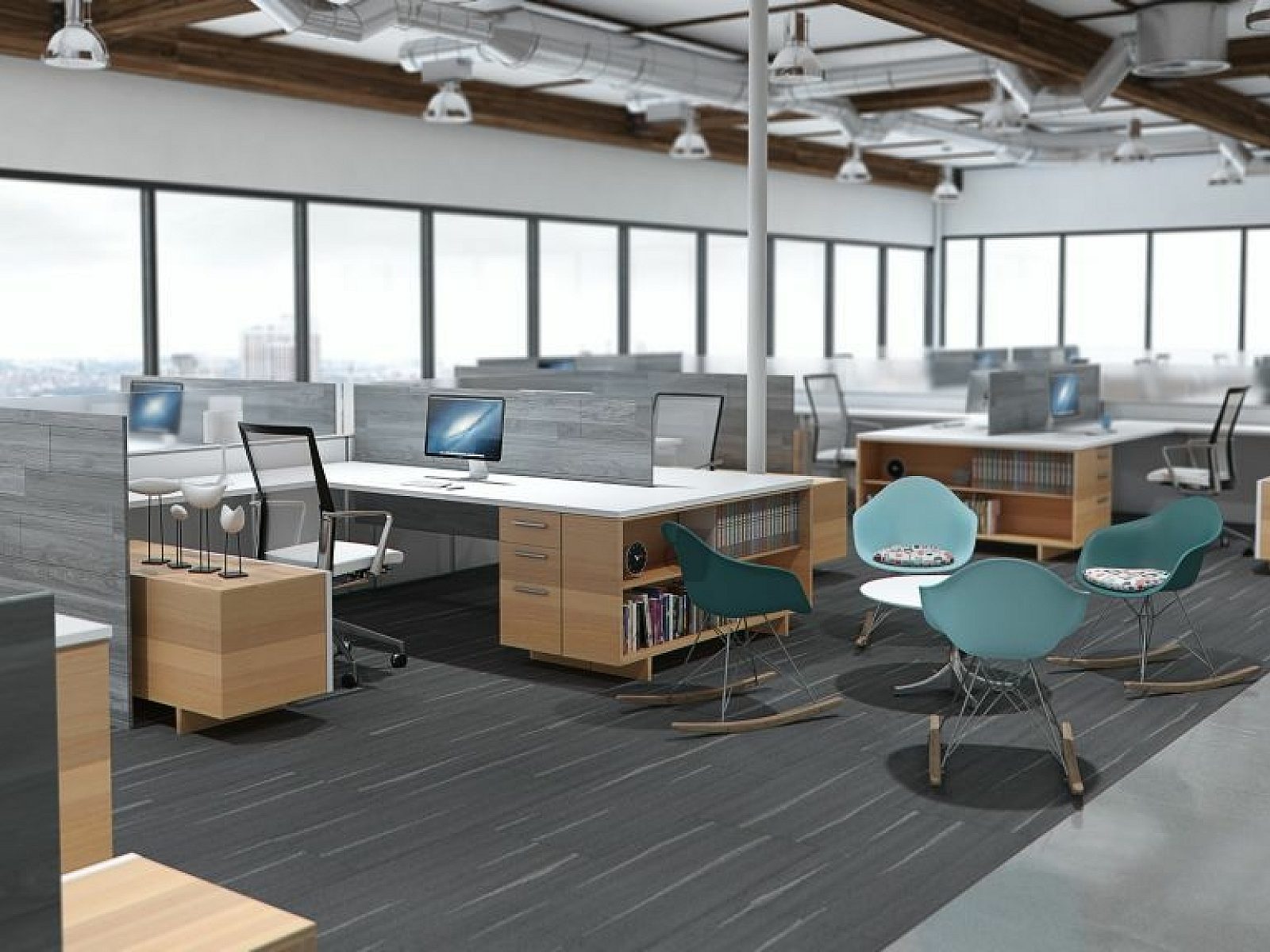How To Determine Whether Your Office Chairs Need Replacing
It can be a challenge to determine if your office chairs need replacing. Read on to help you decide and if you wish to speak to an expert, call us today!

Just like any other piece of business equipment, your office chair has a finite life cycle after which it’s more costly to own than replace. One of the first indicators of when it’s time for a new chair is when your current one is starting to cause you pain or discomfort. Although the effects may feel small at first, each passing workday is adding to the negative impact an unsupportive chair has. Productivity starts to decline as energy levels wane and agitation levels rise, especially in the afternoon after you’ve been in the seat for many hours.
In this article, we’ll help you learn how to tell if your office chairs need replacing, not just for your benefit, but the benefit of everyone sitting in them along with the bottom line of your business.
Are Your Office Chairs Becoming More Uncomfortable?
Do Minor Aches And Pains Worsen With Each Passing Hour?
The first indicator that your chair needs changing is when it starts getting more uncomfortable after you’ve been sitting in it for a few hours. If your chair has always been this way, chances are, it isn’t a quality chair to begin with. However old, discomfort is a sign it’s time to take a look at buying a new chair that allows you to perform your best for the entire workday, not just the beginning.
How Does The Chair’s Padding Look And Feel?
If your chair lacks comfort and your work is suffering, check the foam padding. Has it lost its springiness and does the seat feel lumpy or misshapen?
Cheap foam cushions rapidly lose their ability to provide support, often becoming brittle and hard after only a few months of use. And if when you stand up, your seat still visibly keeps the form of your body, it’s time for an upgrade.
Finally, check for cracks or rips, and if your arms are either missing or held together precariously, it's definitely time to replace your chair.
Missing Or Insufficient Lumbar Support
A key feature of a truly supportive office chair is lumbar support. When your back is constantly bent forward, your muscles will strain from being pushed out of its natural curve. Office furniture without lumbar support frequently leads to back pain and is a leading indicator that you need a new office chair.
What Is Your Posture Like In The Chair?
Your office chair should gently place you in a naturally well-positioned seating posture. One test is if you can keep your feet on the floor with a small gap between your knees and the front of your seat. With feet planted, you should also be supported by the backrest in both your lower and middle back.
Your Back Always Hurts By The End Of The Day
Sitting for hours at a time every day takes its toll after a while when you’re in the wrong office chair. If the cushion is worn down or the chair’s design forces you into bad posture, take that as a major warning sign that your office chair needs replacing. The wrong office chair can exacerbate a host of physical problems, especially back troubles, which can affect not only your work life but your personal life when enjoying your favorite physical activities.
Constant Squeaking And Creaking
When you share office space with someone who has a noisy chair, it can be annoying and distracting to coworkers. If your entire office is made aware of every time you stand up, turn around, or lean back in your chair, it’s time to get a new one. If your chair is making noise that’s irritating to you, it’s a good bet it’s annoying everyone else as well.
Broken Critical Parts And Adjustment Levers
A broken seat back or armrest is a clear sign your office chair needs replacing. You can’t do your job if your chair is literally falling apart. This often starts out small with a loose armrest or slight wobble in the seat back, or even with broken adjustment levers.
The Office Chair Won’t Lean Back Or Roll Anymore
Not being able to lean back in your chair makes for endlessly long and uncomfortable days. This can lead to back and neck pain, not to mention draining your productivity as each hour slowly ticks by.
And if your chair doesn’t roll anymore, there’s an even greater potential for injury. Not being able to roll your chair forces you to lean at strange angles while pulling the chair under you in an awkward motion that’s anything but ergonomic.
Also, some people have to move around their workspace more than others, passing back and forth from file cabinets and their desks. If this is you or your team and the wheels don’t work on your office chairs, that can add up to a lot of extra effort during the workday.
Never Underestimate The Benefits Of Office Chair Support
Some may see an office chair as something that just needs to be replaced every couple of years. However, this ideology locks them into a spiral of discomfort and distraction because each new chair deteriorates rapidly. It’s surprising how the details of office chair comfort can affect your productivity, and when a chair quickly declines in comfort, so does the quality of work you or your team produces.
Studies Prove Ergonomic Chairs Boost Productivity
In one study, researchers found participants had a statistically lower HRV ratio while sitting in the Herman Miller Cosm chair in seven of the nine tests. This measurement indicates a lower stress level while sitting in the high-back Cosm, compared to a highly adjustable chair and a non-adjustable chair.
Choose G|M For Your Office Chair Needs
G|M is committed to providing innovative office chairs for more comfortable and productive working environments. Visit one of our showrooms to feel for yourself in Riverside, Irvine, or San Diego. Our priority is helping our clients elevate their workplaces! Call or click today and find your next perfect office chair.














